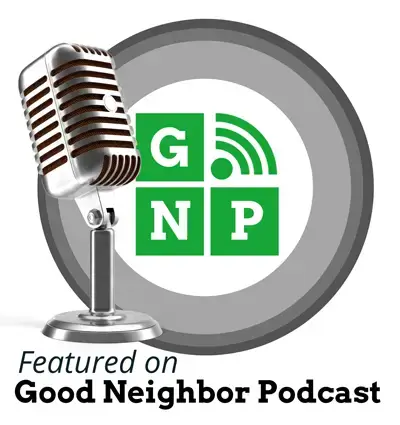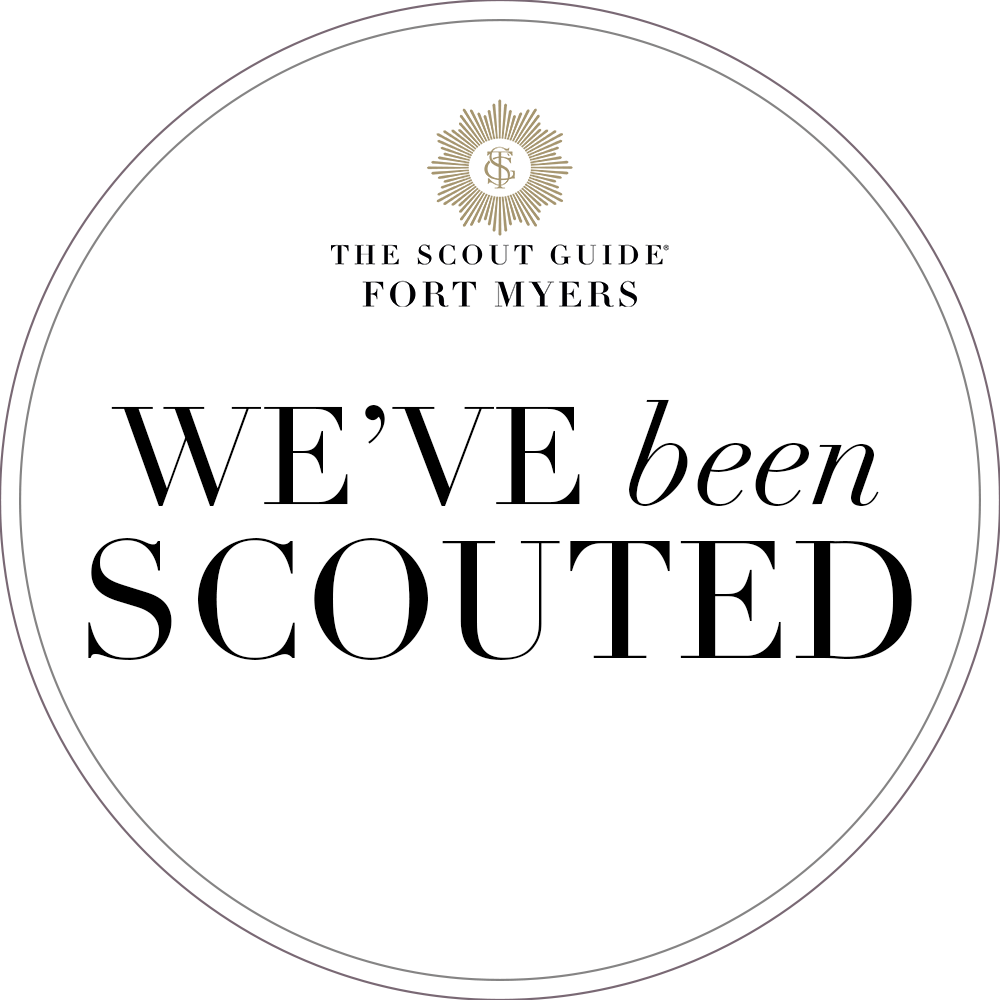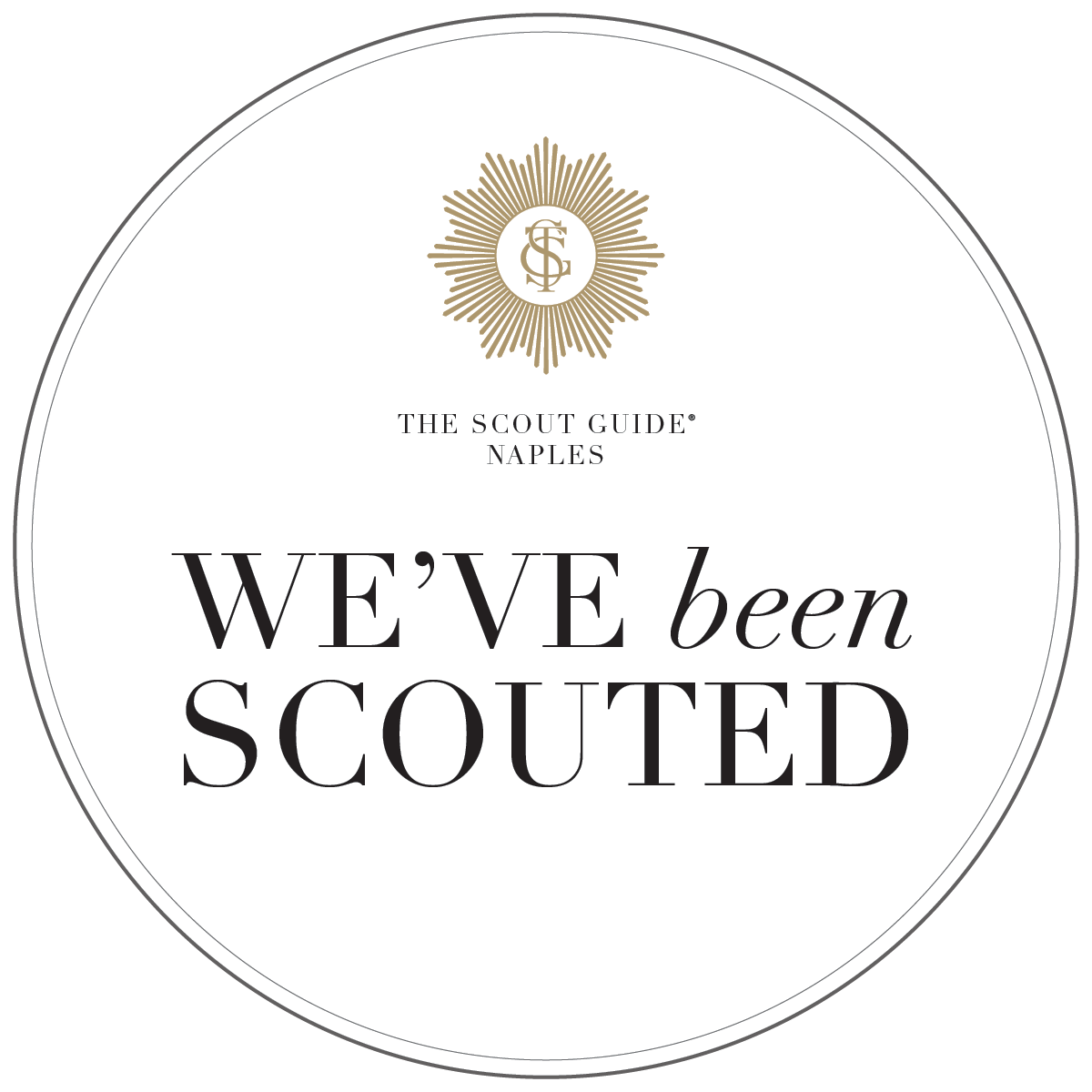Preparation: Building a Rock-Solid Foundation
Success on stage begins with meticulous preparation, ensuring you’re confident, credible, and ready to connect.
Know Your Audience
Understanding your listeners is critical. Are they industry peers, customers, or blog readers? Research their interests, pain points, and expertise levels. Tailor your content with specific examples to forge a genuine bond and keep them hooked.
Craft a Compelling Structure
A clear structure keeps audiences engaged, whether they’re in a room or streaming online. Use a classic framework: an attention-grabbing opener, a body with 2-3 core points, and a memorable close. Start with a bold stat — “80% of people fear public speaking more than death” — to hook listeners. In the body, back each point with evidence: customer stories, industry data, or relatable analogies. Conclude with a call to action that inspires, like urging them to adopt a strategy you’ve outlined.
Practice for Polish
Rehearsal turns raw content into a polished performance, critical for any platform. Practice aloud 5-10 times, ideally in front of a mirror, a trusted colleague, or even a mock podcast setup with a microphone. Record yourself to identify filler words (“um,” “like”), adjust pacing, and ensure clarity for diverse formats — live, virtual, or audio. Aim for a conversational tone that feels natural, not robotic, timing your delivery to fit the allotted slot while leaving room for pauses, audience reactions, or podcast transitions.
Explore Certifications for Credibility
Pro Tip: Visualize Success
Spend a minute picturing a flawless talk to an enthusiastic crowd — live, virtual, or audio listeners. Psychology research backs this mental rehearsal for reducing anxiety and priming confidence, setting you up to excel.
Overcoming Anxiety: Turning Nerves into Energy
Stage fright is universal, even for seasoned speakers. The goal is to harness nerves as fuel for a dynamic delivery.
Reframe Your Perspective
Anxiety often stems from fear of judgment, whether from a live crowd or podcast audience. Shift your focus to their value. Instead of fearing mistakes, think, “I’m sharing insights that matter.” This mindset — rooted in cognitive techniques — turns nerves into purpose.
Master Breathing Techniques
Physical symptoms — racing heart, shaky voice — can derail focus, especially during recording. Use the 4-7-8 method: inhale for 4 seconds, hold for 7, exhale for 8. Practice before and during your talk, using subtle diaphragmatic breaths on stage or between podcast segments to stay grounded without breaking flow.
Build Confidence Gradually
If speaking feels daunting, start small. Practice in team meetings, webinars, or Toastmasters clubs. These low-stakes settings provide supportive feedback, building resilience for larger stages, virtual events, or podcast appearances, easing you into the spotlight.
Pro Tip: Power Pose for Confidence
Stand tall, hands-on hips for two minutes in private before any speaking gig. Amy Cuddy’s research shows this boosts confidence by altering hormone levels — perfect for calming nerves across platforms.
Mastering Delivery: Captivating Every Listener
Delivery transforms words into impact. How you present is as vital as what you say.
Own Your Body Language
Nonverbal cues drive over 50% of communication impact, per Albert Mehrabian’s studies. Stand tall with an open posture — no slouching. Make slow eye contact to connect (or imagine it for audio). Use purposeful gestures, like pointing to emphasize ideas, keeping them natural.
Vary Your Voice for Impact
A monotone loses listeners, live or recorded. Mix pitch, pace, and volume. Pause before key points, slow down for complex ideas, and raise energy for excitement. Practice with exaggerated emotion, then scale to conversational, ensuring clarity for podcast mics or live mics alike.
Engage Through Stories and Interaction
Stories make messages relatable across formats. Share a win— “Our campaign boosted sales 30%” — to illustrate points. Involve listeners with questions (“Who’s faced this?”) or polls for live events, or weave engaging hooks for podcast intros to keep ears perked.
Pro Tip: Memorize Key Lines
Memorize your opening and closing. A strong first 30 seconds sets the tone — critical for podcast intros — and a polished finish lingers. Rehearse these word-for-word for confidence, delivering the body naturally.
Handling Questions: Shining Under Pressure
Q&A sessions test poise but offer a chance to deepen impact, even in podcast Q&As. Preparation turns tough questions into wins.
Anticipate Likely Questions
List potential queries based on your topic. Craft data-backed answers. For sensitive issues or podcast chats, prepare neutral responses to stay on message.
Listen Actively
Pause and listen fully to each question, whether live or recorded. Paraphrase to clarify and gain time. If unsure, say, “Great question — I’ll follow up with details,” preserving credibility across platforms.
Stay Cool with Tough Questions
Hostile or off-topic queries happen. Stay calm, acknowledge the asker (“I hear you”), and pivot to your point. Redirect politely: “That’s interesting — let’s focus on the core topic,” adapting for podcast follow-ups if needed.
Pro Tip: Use the Bridge Technique
Answer briefly, then transition. For example: “That’s not my focus, but Perfect 6 Marketing excels at data-driven results.” This keeps control and reinforces your message, live or on air.
Using Visual Aids: Amplifying Your Message
Visuals can enhance your talk, but overuse distracts. Done right, they reinforce without stealing focus.
Design Simple Slides
Cluttered slides bore audiences. Follow Guy Kawasaki’s 10-20-30 rule: 10 slides, 20 minutes, 30-point font. Use high-quality images and minimal text — one idea per slide. For example, show “Client revenue up 25%” with a clean graph.
Practice with Tools
Fumbling tech undermines credibility. Test slides, clickers, and projectors beforehand (or audio cues for podcasts). If using props, rehearse their use. Have backups — handouts or verbal explanations — for tech failures.
Keep Focus on You
Slides support, not lead. Avoid reading them; face the audience or mic. Use visuals to reinforce, like a campaign image for branding. Cut non-essential slides to center your voice.
Pro Tip: Create a Cheat Slide
Include key figures in bold for quick glances, letting you discuss confidently without memorizing stats — handy for live or virtual settings.
Adapting to Virtual Platforms: Thriving Online
Virtual talks are standard for global reach. Mastering them requires unique strategies.
Optimize Your Setup
A professional setup builds trust. Use a quiet, well-lit space with a neutral background. Position your camera at eye level and look into it. Invest in a good microphone — muffled audio frustrates listeners. Test your internet to avoid lag.
Engage Digital Audiences
Online attention spans are short. Keep talks 15-20 minutes, using polls, chats, or live Q&As to involve viewers. Break content into clear segments, adding short anecdotes or stats to maintain interest.
Combat Zoom Fatigue
Virtual audiences tire fast. Use dynamic visuals (e.g., a quick client success chart) and an energetic tone. Pause for reactions, avoiding monologues. For talks over 30 minutes, include a 2-minute break. Keep slides bold to counter monotony.
Pro Tip: Record a Practice Run
Record on your platform (Zoom, Teams). Spot distractions — poor lighting, clutter — and adjust for a polished setup, ensuring focus stays on your message.
Fine-Tuning Public Speaking to Boost Your Business & Branding
Refining your public speaking skills isn’t just about stage presence — it’s a strategic lever for business growth and branding. A polished talk can elevate your company’s trajectory.
Build Credibility and Trust
A confident delivery signals expertise, critical in client pitches or industry panels. Studies show 70% of consumers trust authoritative brands (per Edelman’s Trust Barometer), and your speaking skills amplify that perception, positioning you as a thought leader.
Amplify Brand Identity
Your delivery reflects your brand’s essence. Align tone, stories, and examples with your values. A memorable talk at a conference or on a podcast can spark social shares and backlinks, boosting visibility and SEO. For instance, narrating a client’s digital pivot can cement your reputation as a forward-thinking partner.
Drive Business Outcomes
Effective speaking converts audiences into action-takers. A persuasive pitch can close deals, while an inspiring keynote attracts partnerships or media coverage. Showcasing your story or results can sway stakeholders, turning talks into measurable revenue. Fine-tuning ensures your message lands with precision, maximizing ROI.
Pro Tip: Refine Your Signature Style
Review past talks to identify one strength (e.g., storytelling) and one weakness (e.g., pacing). Focus practice on the weakness while leaning into the strength, creating a unique style that elevates your brand across platforms.
Choosing Your Public Speaking Style
Your speaking style shapes your message’s impact. Choosing the right approach — inspirational, informative, persuasive, blog guest, or podcast guest — aligns your delivery with goals and audience needs.
Inspirational Style
Inspirational speaking motivates action, ideal for keynotes or team rallies. Share a turnaround — “From struggling to thriving in a year” — to ignite hope and action.
Informative Style
Informative speaking educates, perfect for workshops or training. Explain your topic with clear data, visuals, and steps. Outline points early, recap at the end, keeping it digestible for novices or experts.
Persuasive Style
Persuasive speaking drives decisions, suited for pitches or sales talks. Address objections proactively and end with a compelling call to action.
Blog Guest Appearances
Guest blogging blends written and spoken elements. Many blogs feature audio or video, letting you narrate posts or join discussions. Record a campaign tip from anywhere, using a conversational script and a call to action. This suits busy pros and boosts digital reach.
Guest Podcasts
Guest podcasting is a dynamic public speaking avenue, growing in popularity with 144 million U.S. listeners (per Edison Research, 2024). Appear on industry shows to share expertise — e.g., “How we tripled our web traffic.” Prepare a concise pitch, practice conversational delivery, and weave in brand mentions. Podcasts offer intimacy, letting you connect through voice alone, and can be repurposed for blog embeds or social clips, amplifying exposure. Have succinct stories in mind that will engage listeners before you record the podcast.
Blending Styles
Most talks mix styles for versatility. A pitch might open inspirational, shift informative, and close persuasive. Podcasts can blend storytelling with persuasion, blogs data with calls. Experiment to match your voice, purpose, and medium.
Pro Tip: Align Body Language with Style
Record a practice talk in your style and watch it silently (or listen for podcasts). Your body language or vocal energy should convey the style — passionate for inspirational, calm for informative, assertive for persuasive, engaging for blog/podcast guests — ensuring alignment.
Conclusion
Public speaking is a game-changer for Perfect 6 Marketing clients, turning presentations into platforms for influence. By preparing thoroughly, taming anxiety, and mastering delivery, you’ll captivate any audience.
Embrace public speaking to showcase expertise and connect authentically. Whether on stage, screen, or a podcast mic, your voice can inspire, educate, and persuade. Perfect 6 Marketing empowers you to amplify that voice — now step up, speak out, and let your brand soar.
FAQ
1. How can I overcome public speaking anxiety?
2. Why is public speaking important for business?
Polished speaking builds trust, educates, amplifies branding, and drives outcomes like deals or media buzz.
3. What are the best public speaking certifications?
4. How do I choose a public speaking style?
Pick based on goals: inspirational to motivate, informative to educate, persuasive to convince, or blog/podcast guest for reach.
5. How can blog or podcast guest appearances count as public speaking?
Blogs can include audio and video, while podcasts let you narrate expertise to millions. Use conversational scripts and calls to engage.
6. How long should I practice a speech?
Rehearse 5-10 times, memorizing the opening and closing. Record to refine pacing and tone, using our delivery pro tip for polish across formats.
7. Can Perfect 6 Marketing help with public speaking?
Yes, Perfect 6 Marketing can help you with public speaking, podcasts and public relations. Contact their team of experts today.




















